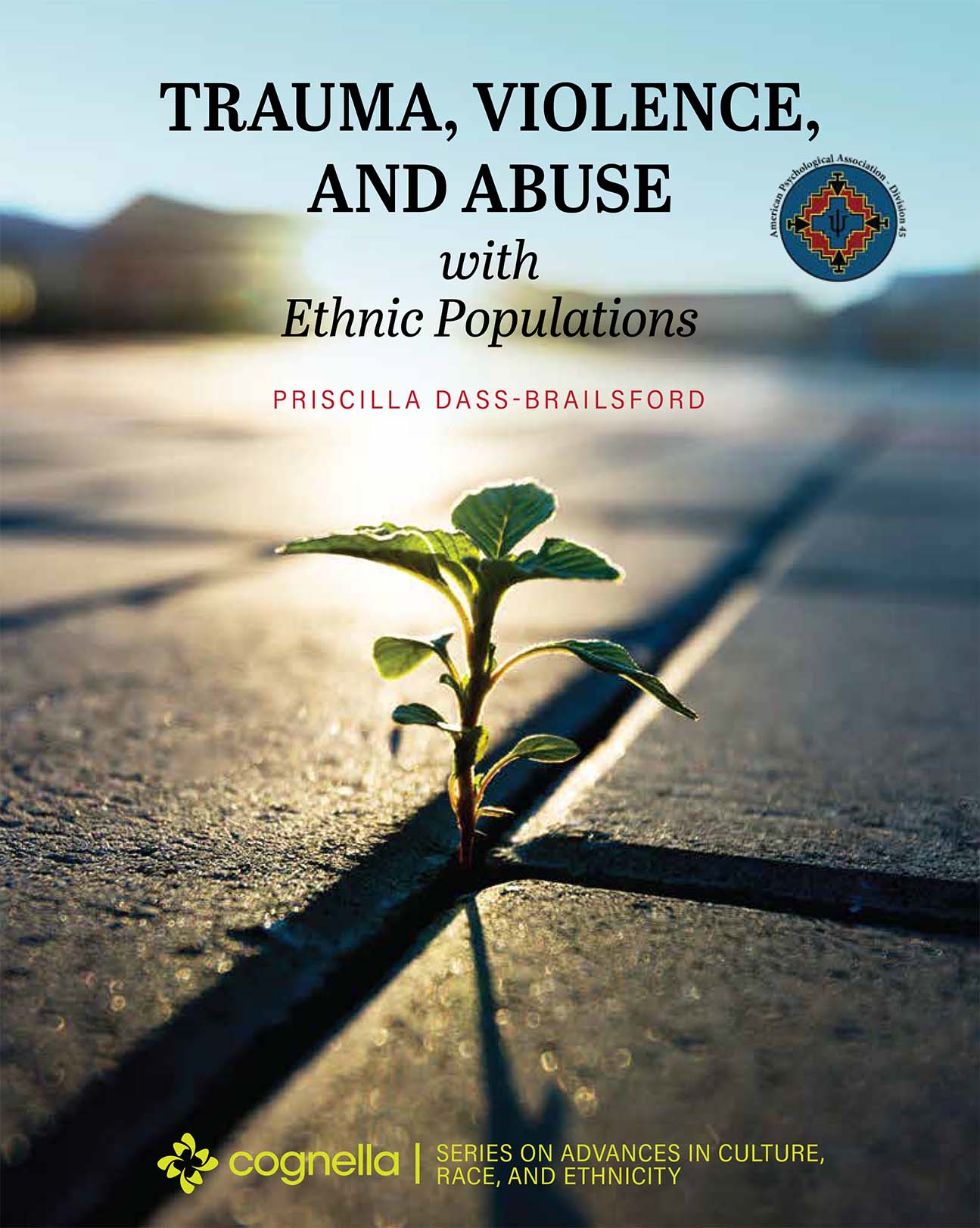What personal or professional experiences have shaped your current approach to teaching, or the focus of your research?
I grew up in South Africa, a country with a history of apartheid and the oppression of Black people. Political trauma was an everyday occurrence, so very early in my life I was drawn to resolving the ravages that trauma inflicts. Conducting research to understand the stressors and coping mechanisms of stigmatized and marginalized populations was an inherent part of my professional calling. I was fortunate to become involved with several well-known trauma programs in Boston, Massachusetts, that launched my career as a trauma psychologist.
What motivated you to write Trauma, Violence, and Abuse with Ethnic Populations?
The changing population landscape of the United States, with an increase in the number of ethnic populations, has been the inspiration behind the book. My two decades of experience working with BIPOC populations have given me invaluable insight and understanding that is shared in this book via interesting vignettes. The chapters on racial trauma (George Floyd) and biracial populations (President Obama) are especially current and compelling given the transformation in U.S. society.
Why do you feel this text is important for today’s students and practitioners?
This text is very important for today’s students because of the current environment of racial and ethnic tension that permeates our national and global society. The book allows readers to grapple with significant and complex concepts of race, racism, culture and ethnicity. Further, it is critically important to introduce students to the growing literature that is available on the history and impact of immigrant groups on the economic, political, and societal systems of the United States during the past few decades.
How can readers benefit directly from this textbook?
Readers will gain a strong understanding of cultural sensitivity, cultural awareness and cultural competence. The text improves the readers’ ability to connect with ethnic populations and understand cultural differences. The skill building aspects of therapeutic encounters, illustrated through case vignettes, provide the reader with opportunities to gain an understanding of how to provide ethnic populations with the best possible clinical and therapeutic support.




